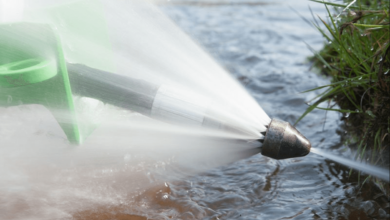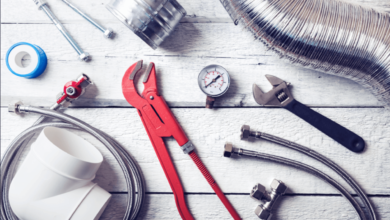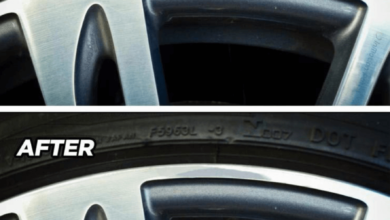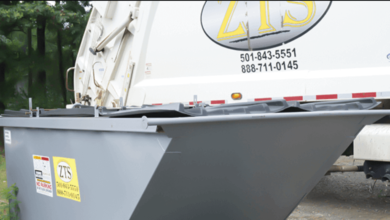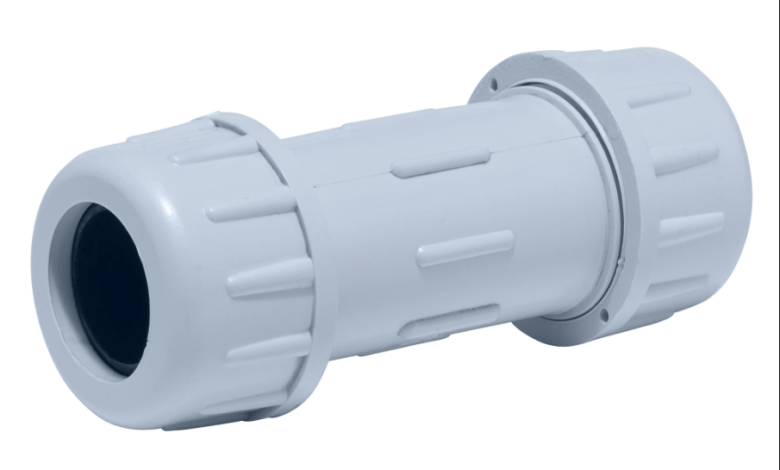
PVC Repair Coupling: Your Ultimate Guide to Quick Fixes
You’ve probably encountered plumbing issues if you’re a homeowner or a DIY enthusiast. One common problem is a leak or crack in your PVC (Polyvinyl Chloride) pipes. Don’t worry; you don’t need to be a plumbing expert to resolve this issue. A PVC repair can be your saving grace. In this comprehensive guide, we’ll delve into everything you need to know about PVC repair coupling, from what they are to how to use them effectively.
Understanding PVC Pipes
Before diving into the world of repair couplings, it’s essential to understand the material they use. Affordability, and ease of installation. They are resistant to corrosion and offer excellent water flow.
What Is a PVC Repair Coupling?
A PVC repair coupling, or slip fix coupling, is a small but essential plumbing component designed to fix leaks or breaks in PVC pipes quickly. It consists of two parts connecting over a damaged section of the pipe, creating a tight seal without requiring extensive pipe replacement.
When Do You Need a PVC Repair Coupling?
You’ll require a repair coupling when you encounter leaks, cracks, or small breaks in your PVC pipes. It’s a handy tool for addressing minor plumbing issues without the need for a complete pipe replacement.
Types of PVC Repair
- Slip-Fix Coupling: This type of repair coupling slides over the damaged pipe section and is secured with clamps. It’s suitable for straightforward repairs.
- Compression Coupling: Compression couplings use gaskets and nuts to create a watertight seal. They are versatile and work well for various pipe sizes.
- Expansion Coupling: These couplings expand to fit over the damaged area, making them ideal for situations where the exact pipe size is unknown.
Tools and Materials You’ll Need
Before you start your repair, gather the following items:
- Repair coupling of your choice
- Hacksaw or pipe cutter
- Sandpaper or emery cloth
- PVC primer and cement
- Screwdriver or wrench
- Safety goggles and gloves
Step-by-Step Guide to Using a Repair Coupling
7.1. Identify the Leak
Locate the damaged area in your PVC pipe. Ensure that the pipe is dry before proceeding.
7.2. Prepare the Area
Clean the damaged section with sandpaper or emery cloth to remove any rough edges or debris. This ensures a proper seal.
7.3. Cut the Pipe
Using a hacksaw or pipe cutter, carefully cut the PVC pipe at both ends of the damaged section. Make straight cuts for a secure fit.
7.4. Install the Repair Coupling
Slide the repair coupling over the cut ends of the pipe. Ensure it covers the damaged area completely.
7.5. Secure the Coupling
Use clamps or follow the manufacturer’s instructions to secure the repair coupling in place. Make sure it fits snugly over the pipe.
Tips for a Successful Repair
- Measure and cut accurately.
- Apply PVC primer and cement according to the manufacturer’s instructions.
- Ensure the repair coupling is centered over the damaged area.
Common Mistakes to Avoid
- Rushing through the repair process.
- Not cleaning the pipe adequately before installation.
- Over-tightening clamps or nuts, which can lead to cracking.
Maintenance and Longevity
Properly installed PVC repair can last for many years.
Cost of PVC Repair
The cost varies depending on the type and size of the coupling. Generally, they are an affordable solution compared to replacing an entire pipe.
When to Call a Professional
For extensive pipe damage or if you’re unsure about the repair, it’s best to consult a professional plumber to avoid further issues.
Benefits of DIY PVC Repairs
DIY repairs save you time and money. They also empower you to tackle minor plumbing problems with confidence.
Environmental Impact
Repairing PVC pipes reduces waste and conserves resources compared to replacing them entirely, making it an eco-friendly choice. Read more…
Conclusion
PVC repair couplings are valuable tools every homeowner should have in their DIY arsenal. With the right knowledge and tools, you can quickly fix minor PVC pipe issues, saving time and money.
FAQs
- Are PVC repair suitable for all pipe sizes?
- PVC repair come in various sizes to accommodate different pipe sizes. Ensure you select the appropriate size for your repair.
- Can I use repair couplings for pressurized water systems?
- When installed correctly, repair couplings are suitable for pressurized water systems.
- Do I need to turn off the water supply before using a repair coupling?
- Yes, turning off the water supply before starting any PVC pipe repair is essential to prevent water leakage.
- What is the difference between PVC cement and primer?
- PVC primer prepares the pipe surface for bonding, while PVC cement creates a strong, watertight seal.
- How long will a PVC repair coupling last?
- With proper installation and maintenance, repair couplings can last for many years, often the lifespan of the PVC pipe itself.
